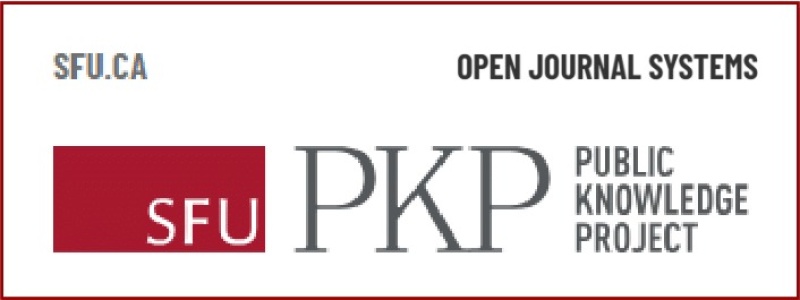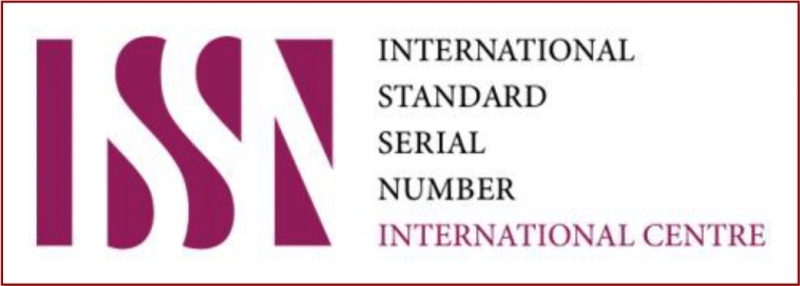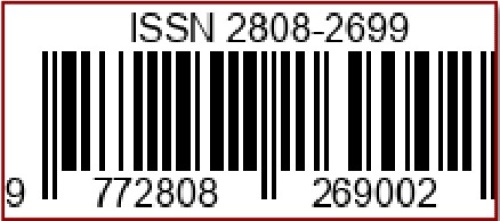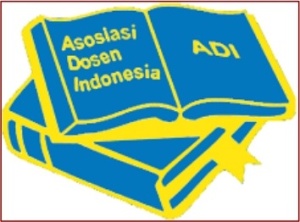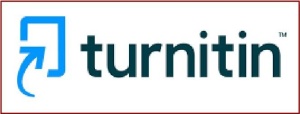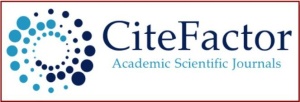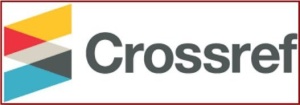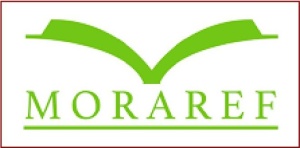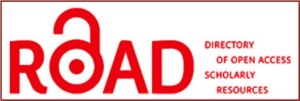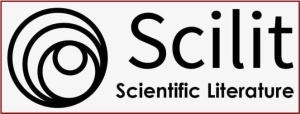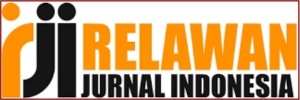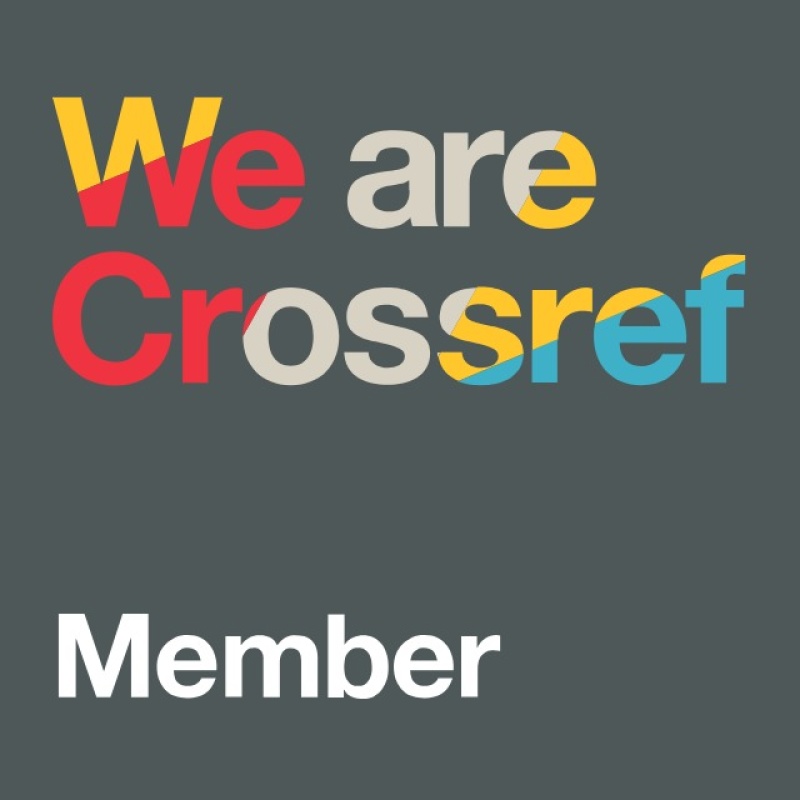Pengaruh Metode Tutor Sebaya terhadap Prestasi Belajar Matematika Siswa Kelas IV di SD Negeri 1 Surabaya
DOI:
https://doi.org/10.36312/educatoria.v4i3.297Keywords:
Peer Tutoring Method, Mathematics Learning Achievement.Abstract
This study aims to determine the effect of peer tutoring methods on mathematics learning achievement with mixed operation material among fourth-grade students at SD Negeri 1 Surabaya. This research employs a quasi-experimental design. The population of the study consists of all fourth-grade students at SD Negeri 1 Surabaya. The sample was determined by directly observing a single group of subjects under two conditions without a comparison group, making each subject their own control group. The research design used is a one group pre-test post-test design. Data collection techniques involve achievement tests. The data were analyzed using simple linear regression analysis. The results indicate that the learning achievement data were analyzed using a t-test, resulting in rhitung = 0.859 and rtabel = 0.374 at a 5% significance level, meaning H0 is rejected and Ha is accepted. For the significance test, thitung > ttabel was obtained, specifically 7.88 > 0.374, thus it can be concluded that there is an effect of the peer tutoring method on mathematics learning achievement with mixed operation material among fourth-grade students at SD Negeri 1 Surabaya for the 2016/2017 academic year.
Downloads
References
Arianti, A. (2018). Peranan Guru dalam Meningkatkan Motivasi Belajar Siswa. Didaktika : Jurnal Kependidikan, 12(2), 117-134. https://doi.org/10.30863/didaktika.v12i2.181
Arikunto, S. (2001). Manajemen Penelitian. Jakarta: PT. Rineka Cipta.
Arikunto, S. (2002). Prosedur Penelitian Suatu Pendekatan Praktek. Jakarta: PT. Rineka Cipta.
Arikunto, S. (2006). Prosedur Penelitian. Jakarta: PT. Rineka Cipta.
Arikunto, S. (2009). Manajemen Penelitian-Edisi Revisi. Jakarta: PT. Rineka Cipta.
Depdiknas. (2004). Wawasan Kependidikan. Jakarta: Dirjen Pendidikan Dasar dan Menengah.
Muthma’innah, M. (2021). Hasil Belajar Matematika Siswa Melalui Model Pembelajaran Tutor Sebaya. Tadiban: Journal of Islamic Education, 1(2), 1-7. https://doi.org/10.61456/tjie.v1i2.36
Nurkancana, W., & Sunartana, S. (1990). Evaluasi Hasil Belajar. Surabaya: Usaha Nasional.
Pramana, I. B. W., Fitriani, H., & Safnowandi, S. (2022). Pengaruh Metode Mind Map dengan Media Komik terhadap Minat Baca dan Hasil Belajar Kognitif Siswa. Biocaster : Jurnal Kajian Biologi, 2(2), 71-87. https://doi.org/10.36312/bjkb.v2i2.68
Prasetya, M. G. (2017). Penerapan Metode Pembelajaran Peer Teaching untuk Meningkatkan Hasil Belajar Siswa Kelas X pada Mata Pelajaran Dasar Pemrograman di SMK Negeri 2 Salatiga. Skripsi. Universitas Negeri Yogyakarta.
Reziyustikha, L. (2017). Pembelajaran Kooperatif dengan Pendekatan Tutor Sebaya untuk Meningkatkan Hasil Belajar pada Mata Kuliah Aljabar Linear Mahasiswa Informatika. Jurnal Penelitian Pendidikan dan Pengajaran Matematika, 3(2), 97-102. https://doi.org/10.37058/jp3m.v3i2.260
Sambas, A. M. (2011). Dasar-dasar Metode Statistika untuk Penelitian. Bandung: Pustaka Setia.
Sugiyono, S. (2012). Metode Penelitian Pendidikan Pendekatan Kuantitatif, Kualitatif dan R & D. Bandung: CV. Alfabeta.
Sugiyono, S. (2014). Metode Penelitian Pendidikan Pendekatan Kuantitatif, Kualitatif dan R & D. Bandung: CV. Alfabeta.
Undang-Undang Republik Indonesia Nomor 20 Tahun 2003 tentang Sistem Pendidikan Nasional. Jakarta: Pemerintah Republik Indonesia.
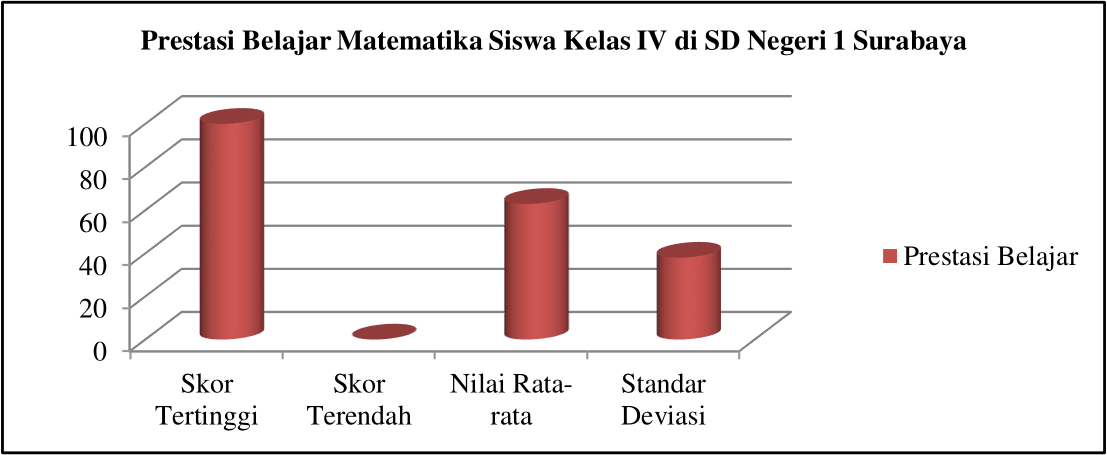
Downloads
Published
How to Cite
Issue
Section
License
Copyright (c) 2024 Fitria Mayasari Misbah

This work is licensed under a Creative Commons Attribution-ShareAlike 4.0 International License.
-
Attribution — You must give appropriate credit, provide a link to the license, and indicate if changes were made. You may do so in any reasonable manner, but not in any way that suggests the licensor endorses you or your use.
-
ShareAlike — If you remix, transform, or build upon the material, you must distribute your contributions under the same license as the original.

